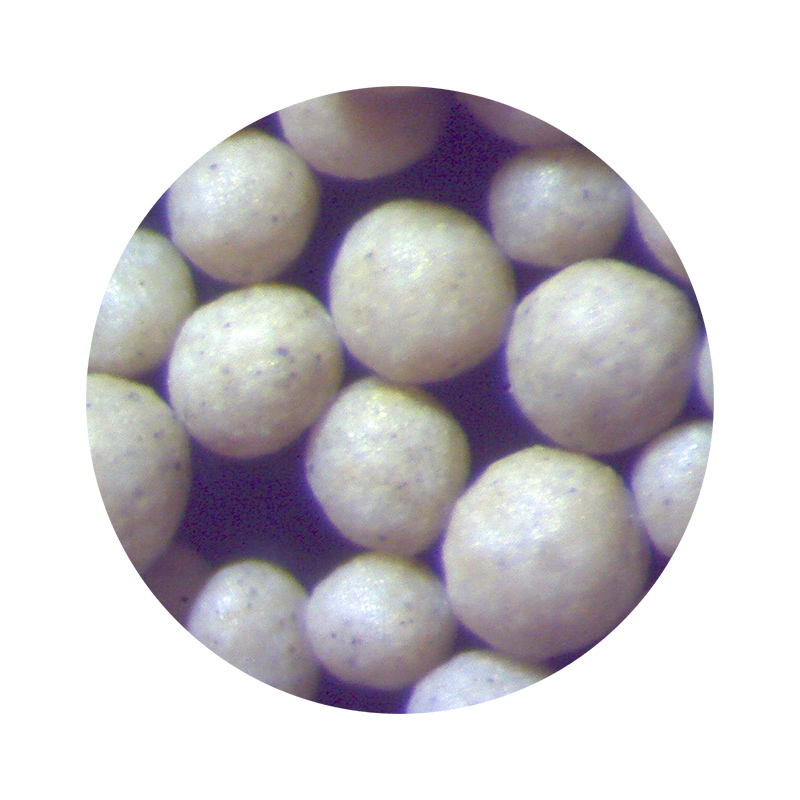 **Artistic Explorations**
Beyond the realm of industry, sintered sand has ignited a creative revolution among artists and architects
**Artistic Explorations**
Beyond the realm of industry, sintered sand has ignited a creative revolution among artists and architects
**Artistic Explorations**
Beyond the realm of industry, sintered sand has ignited a creative revolution among artists and architects
**Artistic Explorations**
Beyond the realm of industry, sintered sand has ignited a creative revolution among artists and architects sintered sand. The ability to translate digital designs into tangible, three-dimensional sculptures with intricate details and textures has opened up new avenues for artistic expression. From large-scale public installations to delicate, intricate sculptures, sintered sand offers an unprecedented level of precision and control, allowing artists to bring their visions to life with stunning realism.
In architecture, sintered sand has facilitated the creation of complex, organic forms that challenge conventional construction norms. Architects can now experiment with lightweight, yet structurally sound components, pushing the limits of architectural aesthetics and functionality. Additionally, its porous nature makes it an interesting candidate for sustainable design solutions, such as water filtration systems and breathable building facades.
**Environmental Considerations**
Sintered sand technology also presents opportunities for more sustainable practices. By reducing waste in the manufacturing process and offering recyclability options, it aligns with the growing demand for eco-friendly materials. The reusability of sintered sand molds contributes to a circular economy, minimizing resource consumption and waste generation.
**Conclusion**
Sintered sand stands as a testament to human ingenuity, harnessing simple elements to achieve extraordinary results. Its fusion of technology and nature has not only invigorated industrial manufacturing but also breathed new life into artistic and architectural realms. As research and development continue to refine this process, the potential applications of sintered sand seem limitless, promising a future where efficiency, creativity, and sustainability converge harmoniously. In this age of innovation, sintered sand emerges as a shining example of how reimagining traditional materials can lead to transformative progress across multiple disciplines.
Post time:Jun . 25, 2024 01:30
sintered sand. The ability to translate digital designs into tangible, three-dimensional sculptures with intricate details and textures has opened up new avenues for artistic expression. From large-scale public installations to delicate, intricate sculptures, sintered sand offers an unprecedented level of precision and control, allowing artists to bring their visions to life with stunning realism.
In architecture, sintered sand has facilitated the creation of complex, organic forms that challenge conventional construction norms. Architects can now experiment with lightweight, yet structurally sound components, pushing the limits of architectural aesthetics and functionality. Additionally, its porous nature makes it an interesting candidate for sustainable design solutions, such as water filtration systems and breathable building facades.
**Environmental Considerations**
Sintered sand technology also presents opportunities for more sustainable practices. By reducing waste in the manufacturing process and offering recyclability options, it aligns with the growing demand for eco-friendly materials. The reusability of sintered sand molds contributes to a circular economy, minimizing resource consumption and waste generation.
**Conclusion**
Sintered sand stands as a testament to human ingenuity, harnessing simple elements to achieve extraordinary results. Its fusion of technology and nature has not only invigorated industrial manufacturing but also breathed new life into artistic and architectural realms. As research and development continue to refine this process, the potential applications of sintered sand seem limitless, promising a future where efficiency, creativity, and sustainability converge harmoniously. In this age of innovation, sintered sand emerges as a shining example of how reimagining traditional materials can lead to transformative progress across multiple disciplines.
Post time:Jun . 25, 2024 01:30
Next:Steel Sand Casting An Insight into the Process Technique
